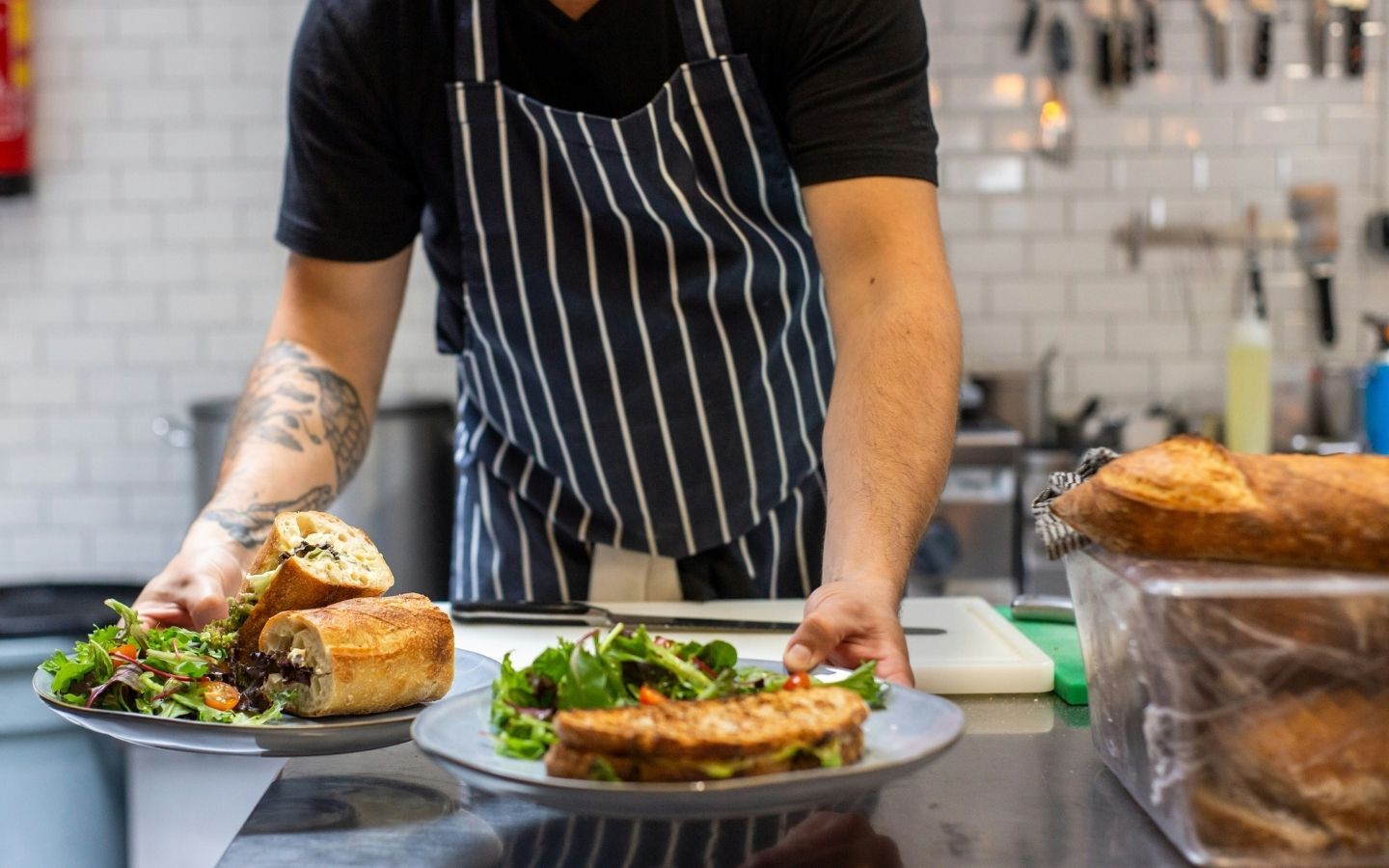
10 food safety facts nobody told you but you really need to know
If you're running a cafe, restaurant, food truck, or catering gig in NZ or Australia, you've probably heard the basics of food safety: wash your hands, keep things cold, cook things hot.
Cool. But what about the stuff nobody talks about?
The rules that can trip you up, cost you a council fine, or worse, make someone seriously ill.
Let’s dive into the gritty side of food safety and shed some light on some of the lesser-known food safety facts.
1. Your fridge temperature display is lying to you
You think your fridge says 3°C, so your food's fine? Think again. Most fridge and freezer displays measure air temperature, not the actual temperature of your food.
Air can fluctuate like mad, especially when doors are opened constantly or someone parks the unit next to a fryer (yes, it happens).
MPI and FSANZ don’t accept that display as gospel. You need a calibrated probe thermometer, or better yet, an automated logger system that tracks food temperatures properly.
2. Food can look and smell fine and still be deadly
That creamy potato salad? Looks dreamy. Smells alright. But if it’s been out too long, it could be hosting a bacteria party featuring Listeria or Campylobacter. You won’t know these bugs are there until it’s too late. "It smelled fine" doesn’t fly in court.
3. The 2-hour/4-hour rule is law, not a suggestion
Here’s the rule:
- Under 2 hours? Use it or put it back in the fridge.
- 2–4 hours? Use it now.
- 4+ hours? Bin it. No excuses.
This applies to anything sitting between 5°C–60°C. That's the danger zone, and not an '80s banger; it’s where bacteria thrive.
4. Gloves aren’t magically free of germs
We know it feels clean when your team wears gloves. But here’s the kicker: if they’re not changed constantly, gloves just carry germs around like a food safety Uber.
Wiping benches? Handling raw chicken? Then straight onto that burger bun? That’s a one-way ticket to Contamination City.
Clean hands + proper glove use = safe.
5. Allergen cross-contact will ruin you
A sesame seed left on a chopping board could trigger an allergic reaction. An almond croissant sat next to your “nut-free” brownie could land your business in court. A chicken sandwich with that pesto you forgot contains pine or cashew nuts, can mean death for some.
In both NZ and Aussie, undeclared allergens mean a major legal risk. You need airtight allergen controls, and everyone on your team should know the drill and what everything on your menu contains.
6. Cleaning isn’t the same as sanitising
Wiping down with a cloth and hot water? That’s just moving the gunk around.
You need to clean (remove grease and food scraps) and sanitise (kill the bugs you can’t see). One without the other is just half a job.
7. Record-keeping isn’t optional
Even on your “day off,” food safety doesn’t sleep.
The Food Act 2014 (NZ) and Food Standards Code (AUS/NZ) require you to record temperatures, cleaning schedules, training, and corrective actions, every single day.
That scrap of paper in the back room with scribbled temperatures from last month? Not good enough anymore.
8. Listeria can grow in your fridge
Yep, unlike other bacteria, listeria loves the cold.
Think deli meats, soft cheeses, ice cream and pre-cut produce. If they hang around too long, they can go from safe to seriously risky. This is why shelf-life and your best-before date control matter.
9. Thermometers need calibrating (and often aren’t)
A cheap thermometer from Bunnings won’t help if it’s not accurate.
MPI says you need to calibrate your thermometers regularly, especially if they’ve been dropped, heated, or exposed to wild temperatures. Not calibrated = not compliant.
10. Power cuts can wipe out your stock
A surprise outage, especially when it's unknown (like overnight), can melt your freezer stock in hours or cause the food in your fridge to go into the danger zone. If you can’t prove the temperature stayed safe? Insurance might not cover you, and all that stock could be wasted. Or worse, you had no idea about the power cut, and now you're serving up food that's as risky as if you'd wiped it around a toilet seat.
Automated temperature systems aren’t just systems that save you time, they’re literally business insurance. You get alerts when temperatures reach dangerous territory, real-time data, and proof that your food stayed safe. No guesswork and no panic.
The final word
If you're in food service and not actively managing these issues, you're flying blind. And in an industry this tough, you can't afford to get food safety wrong, for your customers' health, your business's reputation, and your bottom line.
Want help taking the stress out of food safety? That’s literally what we do at Chomp. Automated temperature logging, digital record keeping, it’s all your food safety sorted.
